Share this link via
Or copy link
One of the best Japanese Kanji dictionary.

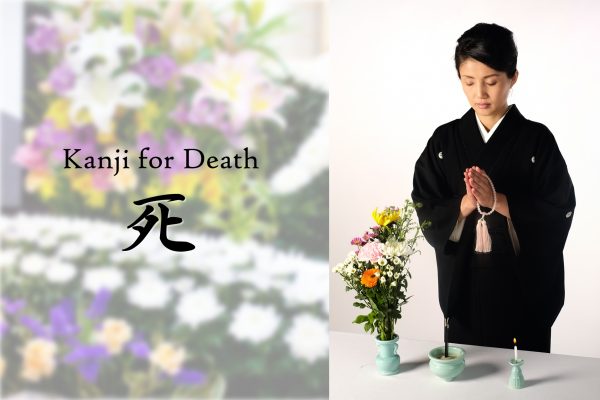
Although there are many words to indicate “death” or “die” in Japanese, for example,「死亡(する)」,「崩御(only used for the Emperor)」,「他界(する)」,「没する」,「不幸」,or「永眠」…and so on. However, in this article, let’s stick to the most basic word for “death,” and “to die” - 「死」for the noun and 「死ぬ」for the verb.
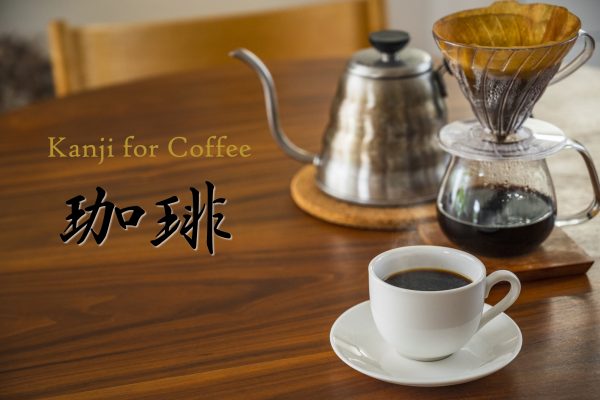
Coffee is said to be imported to Japan in the mid-seventeenth century by Dutch. In modern Japanese, there are two ways of expressing coffee, 「コーヒー」in Katakana and「珈琲」in Kanji. Both are pronounced “kōhī.” What is the difference? And where in Japan can you find those words?
Let’s take a look at the coffee culture in Japan– an addictive drink that is also loved by Japanese people.
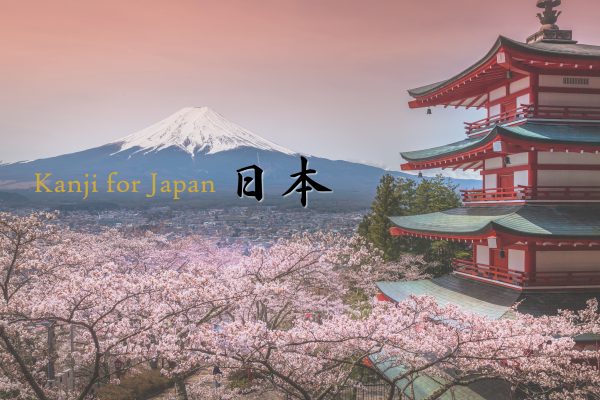
No Japanese people call their home country “Japan” in their language. Instead, they call it にほん(Nihon  ) or にっぽん(Nippon
) or にっぽん(Nippon  ), and Kanji characters for both pronunciations are the same – 日本. Besides, there is another Kanji that stands for the adjective “Japanese” or “Japanese language” – 和.
), and Kanji characters for both pronunciations are the same – 日本. Besides, there is another Kanji that stands for the adjective “Japanese” or “Japanese language” – 和.
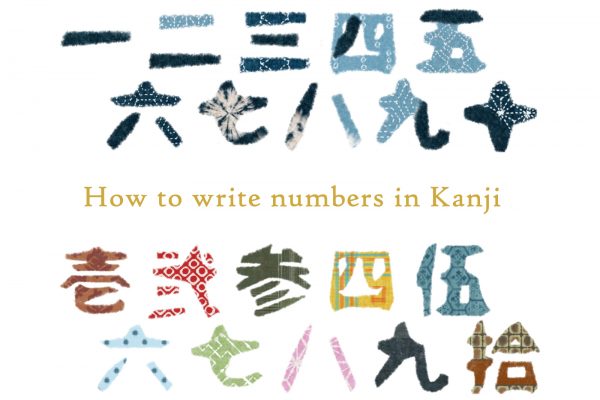
First of all, the way of writing numbers is different in vertical writing and horizontal writing.
When you write Japanese horizontally, basically, Arabic numerals are used.
Kanji for numbers (漢数字, Kansūji) is basically for vertical writing.
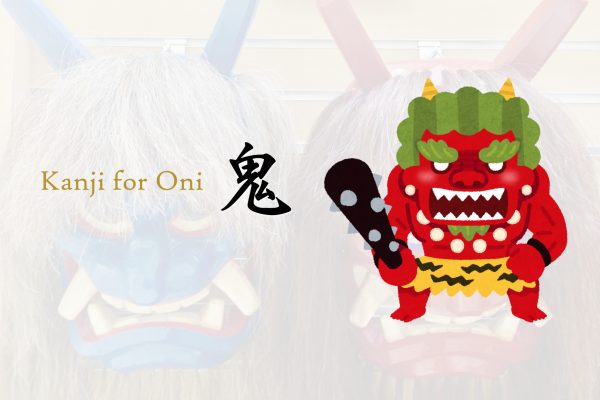
Generally, “Oni” is considered a kind of Japanese monster or troll that appears in Japanese folklore and folk religion.
Since they are horrifying, “Oni” is also used as a word to describe that something is “strong,” “cruel,” “scary,” “intense,” or “big”.
Let’s see what “Oni” looks like, how it appears in a Japanese annual event, and how the Kanji is used in the language.
What is Onyomi?
Onyomi, also known as the "Sino-Japanese reading," is one of the two main reading systems for kanji characters in Japanese. It refers to the reading of a kanji character that is derived from the original Chinese pronunciation.
What is Kunyomi?
Kunyomi, also known as the "native Japanese reading," is one of the two main reading systems for kanji characters in Japanese. It refers to the reading of a kanji character that is based on the native Japanese pronunciation. Kunyomi readings are often used when a kanji character stands alone or is followed by hiragana, as in verbs and adjectives. Mastering both kunyomi and onyomi is crucial for understanding and using kanji effectively in the Japanese language.
What is Radical?
A radical, also known as "bushu" in Japanese, is a fundamental component of kanji characters. Radicals are the building blocks of kanji and are used to categorize and organize them in dictionaries. There are 214 traditional radicals, each with its own meaning, which often provides a clue to the meaning of the kanji character it forms.
What is strokes?
Stroke count, or "kakusuu" in Japanese, refers to the number of individual brushstrokes required to write a kanji character. Each kanji has a specific stroke order and stroke count, which are essential for writing the character correctly and legibly. Understanding and following the correct stroke order not only ensures proper balance and aesthetics but also makes writing more efficient and fluid.